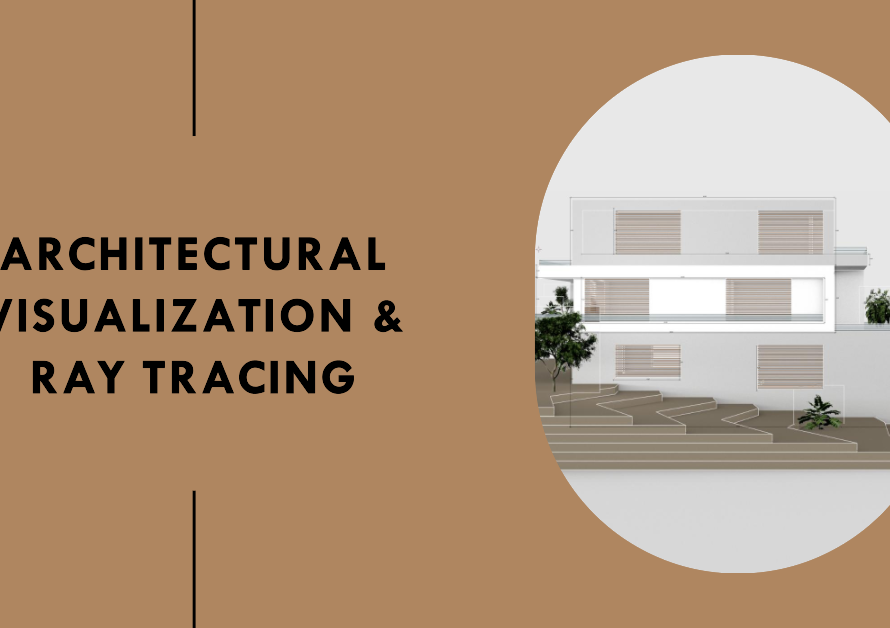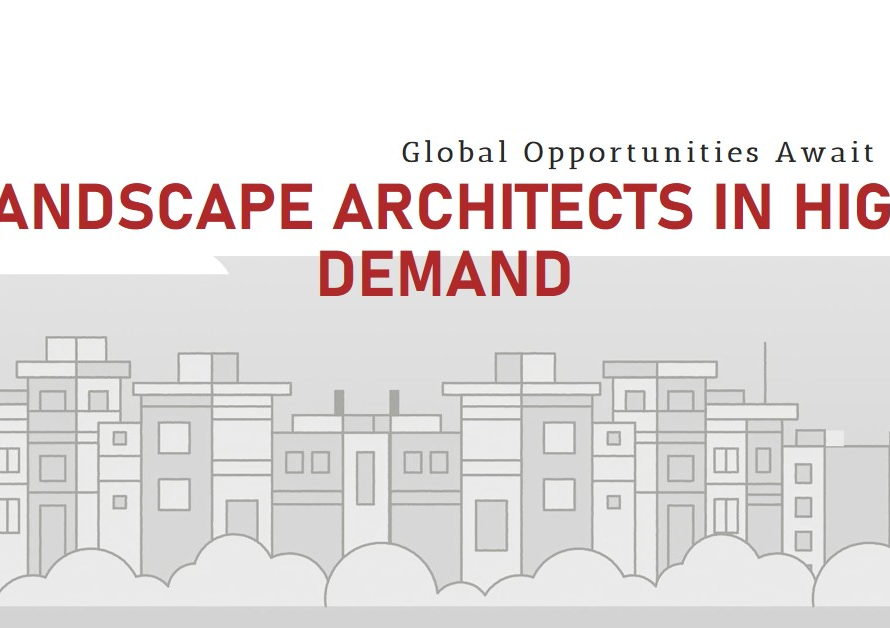
Table of Contents
1. Ray Tracing: The Gold Standard of Realism (Photorealistic )
Ray tracing is a sophisticated rendering technique(Photorealistic ) that simulates the behavior of light rays in a scene, producing highly realistic images with accurate lighting, shadows, reflections, and refractions. By tracing the path of individual light rays as they interact with objects and materials in the scene, ray tracing achieves unparalleled levels of visual accuracy and realism. Modern rendering engines such as NVIDIA OptiX and Intel Embree leverage ray tracing algorithms to simulate complex lighting scenarios, global illumination effects, and physically accurate material properties, resulting in photorealistic architectural visualizations that closely resemble real-world environments.
2. Physically-Based Rendering (PBR): Authentic Material Representation
Physically-based rendering (PBR) focuses on accurately modeling and simulating the physical properties of materials such as metal, glass, wood, and fabric in architectural visualizations. By adhering to real-world physics principles such as Fresnel reflections, energy conservation, and material roughness, PBR workflows ensure that materials respond realistically to light sources, viewing angles, and environmental conditions. This approach emphasizes the use of texture maps such as albedo, roughness, metallic, and normal maps to define material properties accurately, resulting in lifelike textures and surfaces in architectural renders.
3. Global Illumination (GI): Realistic Lighting Environments
Global illumination (GI) techniques simulate the complex interactions of light within an environment, including indirect lighting, bounced light, and color bleeding effects. By accounting for light rays that bounce off surfaces and contribute to overall scene illumination, GI algorithms such as radiosity and photon mapping create realistic lighting environments with soft shadows, ambient occlusion, and natural light diffusion. Advanced GI solutions like V-Ray’s irradiance map and Final Gather in Autodesk Maya enhance the realism of architectural visualizations by accurately calculating indirect lighting effects and enhancing visual depth and realism.
4. High Dynamic Range Imaging (HDRI): Capturing Real-World Lighting Conditions
High Dynamic Range Imaging (HDRI) involves capturing and using high-resolution images of real-world lighting conditions, such as skies, environments, and lighting setups, to illuminate architectural scenes realistically. HDRI maps contain a wide range of luminance values, allowing for accurate representation of bright highlights, deep shadows, and nuanced lighting variations in renders. By using HDR images as environment maps or light sources in rendering software like Blender, 3ds Max, or Cinema 4D, architects and visualization artists can achieve lifelike lighting effects, accurate color reproduction, and seamless integration of virtual objects into real-world backgrounds.
5. Real-Time Rendering: Interactive Photorealism
Real-time rendering technologies such as Unreal Engine, Unity, and NVIDIA RTX Ray Tracing enable architects and designers to achieve photorealistic visualizations in interactive, real-time environments. By harnessing the power of GPU acceleration, real-time rendering engines simulate advanced lighting effects, dynamic shadows, and realistic materials with responsive interactivity. Real-time ray tracing techniques, like NVIDIA RTX’s ray tracing cores, bring cinematic-quality visuals to architectural walkthroughs, virtual reality experiences, and interactive presentations, blurring the line between offline renders and real-time visuals for architectural projects.
6. Machine Learning and AI: Enhancing Realism and Efficiency
Machine learning and artificial intelligence (AI) technologies are revolutionizing photorealistic architectural visualization by automating complex tasks, enhancing realism, and optimizing rendering workflows. AI-powered denoising algorithms such as NVIDIA OptiX AI Denoiser and Intel Open Image Denoise reduce rendering noise and improve image quality significantly, accelerating render times without compromising visual fidelity. Machine learning techniques also enable automatic texture synthesis, material generation, and scene optimization, streamlining the visualization process and empowering designers to focus on creative aspects while achieving photorealistic results efficiently.
7. Virtual Reality (VR) and Augmented Reality (AR): Immersive Experiences
Virtual reality (VR) and augmented reality (AR) technologies offer immersive and interactive experiences for architectural visualization, allowing clients, stakeholders, and designers to explore and interact with virtual environments in real time. VR headsets such as Oculus Rift, HTC Vive, and Valve Index enable users to navigate through photorealistic architectural spaces, experience scale, lighting, and spatial relationships firsthand, and provide valuable feedback during design iterations. AR applications on mobile devices and tablets overlay virtual models onto real-world environments, facilitating on-site visualization, design reviews, and interactive presentations for architectural projects.
8. Photogrammetry: Real-World Asset Capture
Photogrammetry is a technique that involves capturing real-world objects, environments, and landscapes using photographs and 3D scanning technologies to create highly detailed and accurate 3D models. By stitching together multiple high-resolution photos and using software like RealityCapture, Agisoft Metashape, or Autodesk ReCap, architects can generate realistic 3D assets such as buildings, terrain, and props for architectural visualizations. Photogrammetry enhances the authenticity and detail of architectural renders by incorporating real-world elements into virtual scenes, creating compelling and immersive visual narratives.
9. Hybrid Rendering Workflows: Balancing Speed and Realism
Hybrid rendering workflows combine the strengths of different rendering techniques, such as rasterization and ray tracing, to achieve a balance between rendering speed and photorealism in architectural visualizations. By using rasterization for primary visibility and geometry rendering and incorporating ray tracing for advanced lighting, reflections, and shadows, hybrid renderers like Arnold, RenderMan, and OctaneRender deliver high-quality visuals efficiently. Architects and visualization artists can leverage hybrid workflows to optimize render times, maintain artistic control, and achieve realistic results for large-scale architectural projects and animations.


10. Collaborative Platforms and Cloud Rendering: Streamlined Workflows
Collaborative platforms and cloud rendering services empower architects, designers, and teams to collaborate seamlessly, manage resources efficiently, and scale rendering capabilities for complex architectural projects. Platforms like Autodesk BIM 360, Trimble Connect, and Chaos Cosmos facilitate real-time collaboration, version control, and project coordination across dispersed teams working on architectural visualizations. Cloud rendering services such as AWS Render, Google Cloud Render, and V-Ray Cloud enable distributed rendering, GPU acceleration, and on-demand scalability for rendering photorealistic visuals without hardware constraints, speeding up production workflows and delivering high-quality results for architectural presentations and marketing materials.
By exploring and integrating these prominent approaches to photorealistic architectural visualization, architects, designers, and visualization artists can elevate the quality, realism, and impact of their visualizations, creating immersive and compelling experiences for clients, stakeholders, and audiences alike.


